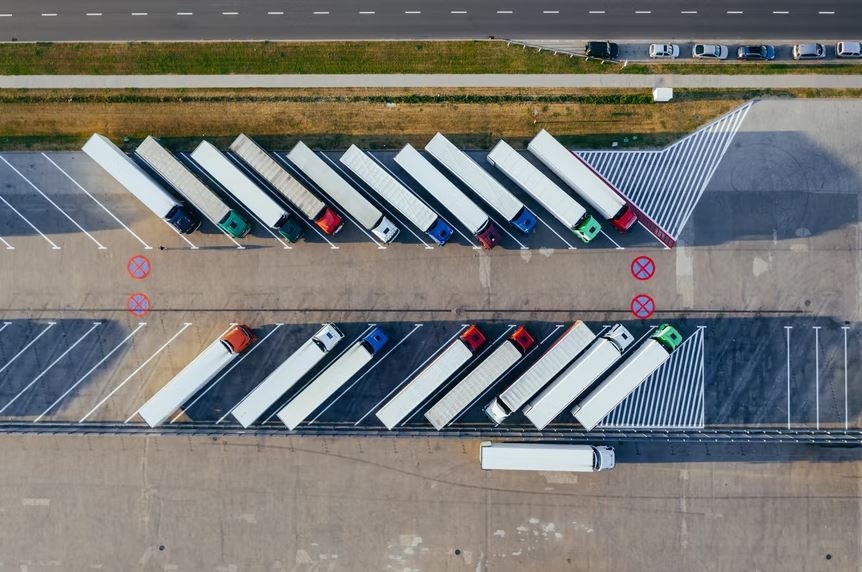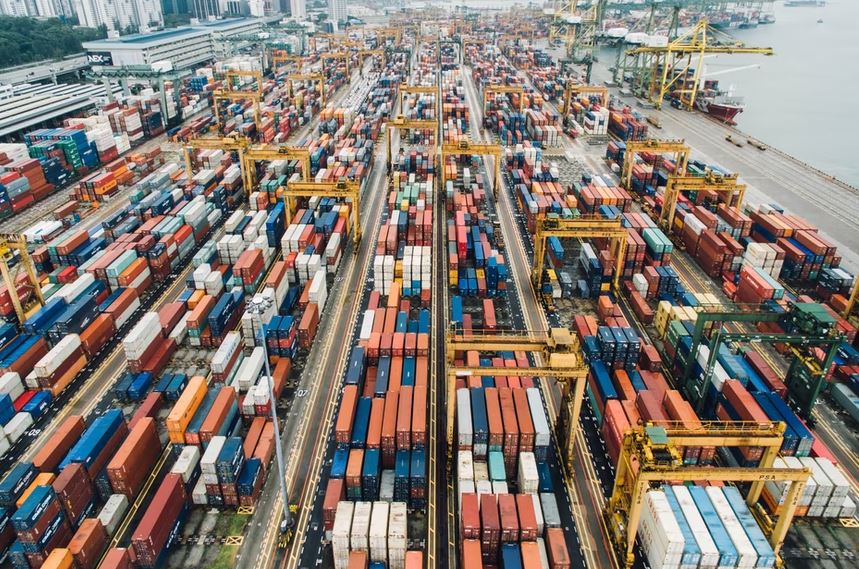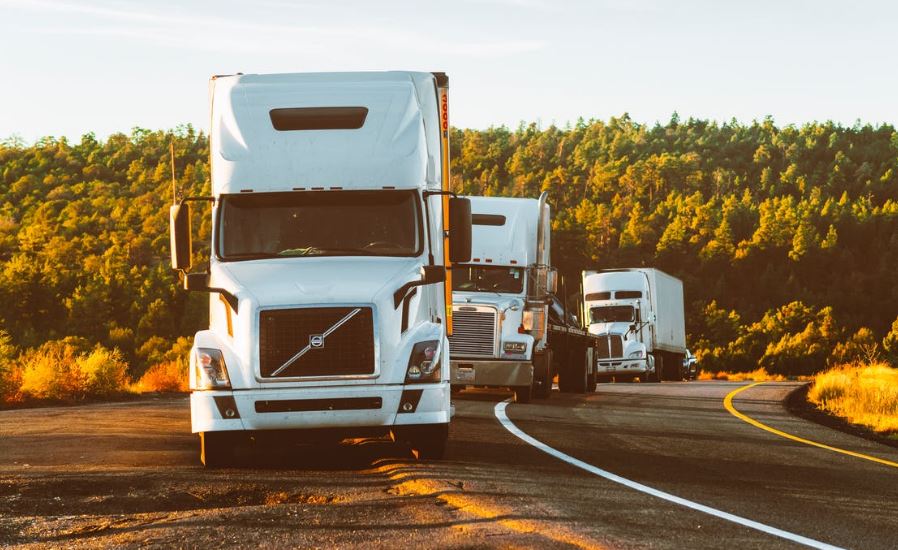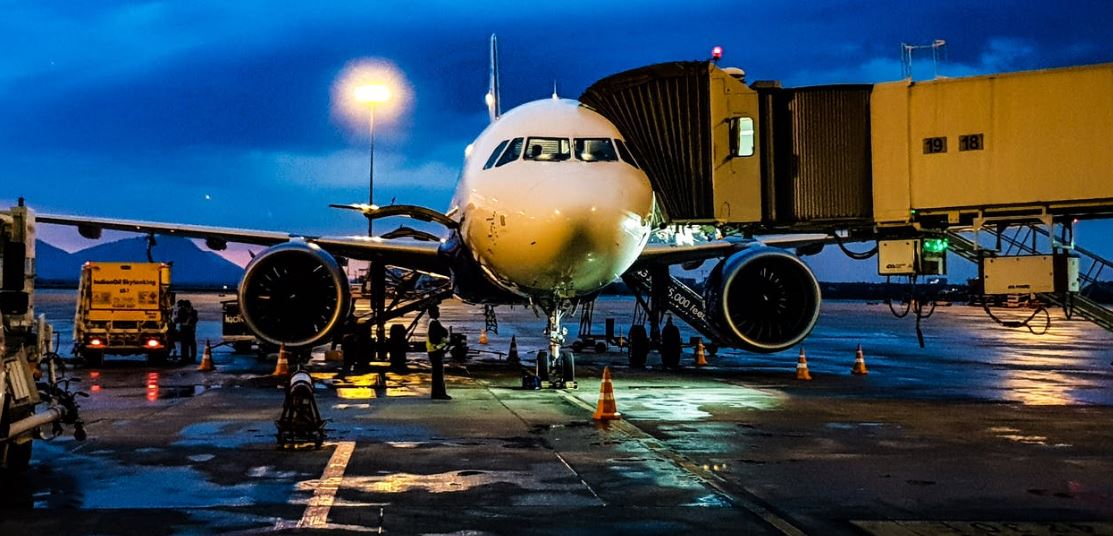Texas is a thriving state whose population is expected to grow two-fold by 2050. According to the statistics, Texas’ ever-expanding demographics indicate the need for expansion and improvement in various administrative areas, including transportation.
The transportation infrastructure of Texas includes the roads, airports, railways, marine, and waterways. For an impeccable operation of these transportation systems, the Texas Department of Transportation (TxDOT) has come up with projected financial plans and expected infrastructure strategies.
Overview of the Texas Transportation Industry
Freight and logistics make up a significant portion of the transportation industry in Texas. The CGAR forecast is expected to be 4% from 2022 to 2027. Annual reports and market analysis of the Texas transportation industry hold increasing population and demand for logistics in the state as the prime driving factors.
Although the global pandemic hit the Texas transportation industry hard, there were no significant setbacks. International freight transportation in Texas is led by several major ports in the state, including Houston, Corpus Christi, and Beaumont. Texas has a substantial geographical advantage as it neighbors Mexico, the second top trade partner of the US.
Types of Transportation in Texas
1. Air Transportation
Air transportation plays an important role in the economy of Texas because it helps people travel quickly and efficiently across the state. Airports are located throughout the state and serve as hubs for passengers traveling to other areas of Texas or to other states within the country.
2. Rail Transportation
Texas has over 15,000 miles of track used by trains to transport goods and commodities across the country. This mode of transport helps maintain a strong economy by making it possible for businesses to ship goods across the country quickly and cheaply through railroads instead of trucks or other means of transportation. Railroads also provide jobs for many people within Texas as well as throughout the nation.
3. Water Transportation
Water transportation involves using boats or ships to carry goods from one location to another along waterways such as rivers or oceans. This type of transportation is used mostly by businesses that need to transport large amounts of goods over long distances without having them damaged during transit due to rough roads or weather conditions.
Texas Roads and Highways
About 314,000 miles of roads and highways stretch across Texas, which is way more than any other state in the country. According to the official figures, a quarter of these roads and highways are part of the state road system, while the local governments manage the rest.
Due to the exponential growth of the state’s population and the extensive trends of traveling via roads and highways, the wear and tear on the roads is massive. Total miles covered by daily traveling via road had significantly increased by 15.5% between 2010 and 2016. In other words, an average driver in the state drove about 100 million additional miles in 2016 compared to 2010.
Urban Mobility Scorecard calculates the costs of delays and wasted fuels due to traffic congestion and deteriorating roads. According to the report, Houston’s annual congestion cost per auto commuter was the record highest at $1,490 in 2014.
Freight Rail in Texas
The rail lines in Texas also account for about 10,400 miles of track. It is the highest among all the states in the country. The freight rail system is a remarkable way of transporting cargo as a 100-car train unit can easily transport over 10,000 tons of goods.
Alternatively, the same amount of goods requires 385 semi-trailer trucks for transportation, which is a significant threat to the roads. A trailer truck causes about 10,000 times more damage to the road than a passenger vehicle.
Texas Transit Systems and Passenger Railways
The federal-funded passenger service in Texas is known as the Amtrak system. In contrast, public passenger transport is managed by different urban and rural transit companies in conjunction with eight metropolitan transit authorities. The primary source of funding for these includes local sources and capital funding.
Although light rail service mainly transports people in Austin, Fort Worth, Houston, and Dallas, the passenger system in Texas typically relies on buses. Ridership statistics reveal that the trends of riding buses or opting for trains depend significantly on gasoline prices. According to a 2016 Texas Department of Transportation report, the operating cost of passenger railways and transit system amounts to about $2.4 billion.
Aviation Industry of Texas
The aviation industry of Texas is massive as it operates with approximately 400 airports in total, of which 24 are commercial service ones. The commercial service airports host and depart a minimum of 2,500 passengers annually.
Dallas-Fort Worth International Airport and George Bush Intercontinental Airport in Houston are two of the largest and busiest airports in the US. The influx of passengers at Texas airports is higher than any other airport nationwide.
The primary funding sources for commercial airports include federal and local grants. These airports also get their returns from terminal concessions, parking services, and car rentals. However, Texas airports’ infrastructure is in dire need of growth and development as the population increase is rising.
Texas Marine Ports and Waterways
According to 2015 official reports, seaports in Texas managed to handle about 563 million tons of cargo. It makes up about 22% of the total nationwide sea cargo. The state’s economy benefits from nearly $369 billion due to the widespread marine ports and Intracoastal waterways.
The development of the Panama Canal has rendered Texas open to more trade opportunities, including the quadrupled growth of liquefied natural gas in 2017. The Gulf Intracoastal Waterway is another major player in the Texas transportation industry, managed by the US Army Corps of Engineers. It is about 1,100 miles long, connecting ports from Texas all the way to Florida.
Quick Facts about Texas Transportation Industry
- The designing, maintenance, and construction of the transportation infrastructure in the state give employment to about 358,478 people.
- Total earnings of all the workers in this industry amount to around $15.4 billion annually.
- Construction in transportation is estimated to generate about $2.8 billion in state income.
- More than 5 million full-time jobs in the state related to tourism, retail, agriculture, and manufacturing directly depend on the transportation industry and infrastructure.
- Budget expenditures directed at wages in this industry amount to $239.0 billion.
- Texas has about 313,228 miles of roads stretched throughout and around the state.
- Eighty-four thousand four hundred nineteen miles of roadway in the state are eligible for federal aid as they need primary replacement.
- According to FHWA, of the 52,937 bridges across the state, 19% are declared structurally deficient or functionally obsolete.
- The cost of repairing 12,622 bridges is estimated at around $8.9 billion.
- The number of freight railroads is 47 that operate on about 10,425 miles of rail track.
- The 1426 commercial and general aviation facilities in the state operate with 2,410 runways, of which 74% are declared to be in excellent condition.
- Texas has four major marinas, five dams, and 1,266 port docks to facilitate the waterway transportation system in the state.
- A big chunk of the commuters in Texas are employees driving to work (91%).
- Only about 3.4% commute to work by walking, bike, or other modes.
- About 78% of the residents in Texas work in the same county as their residence. 21% of the workers commute to a different county.
- Nearly most freight shipments in Texas are transported via truck (63%).
- More than 40% of the truck travel miles in the country use the Interstate system.
Texas Transportation System and Funding
The state’s transportation system has to live up to the increasingly high demands of population growth and urbanization. The use of roads and public transport for traveling has to be equated with high-quality transportation infrastructure. In addition to government funding, the transportation industry is one of Texas Top 10 Industries, hence it requires extensive investment plans and contributions from various sources.





